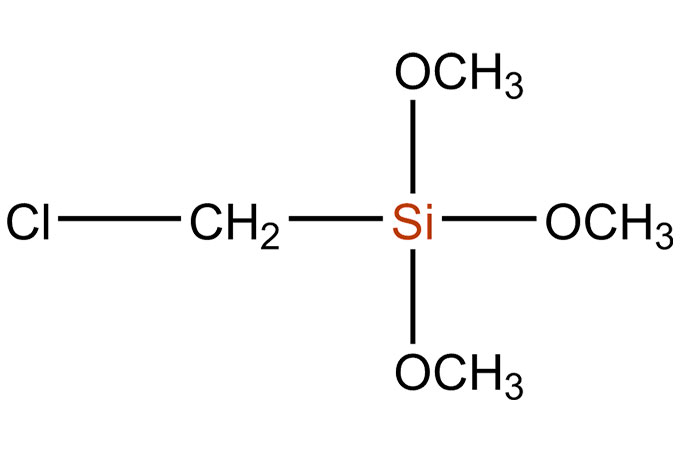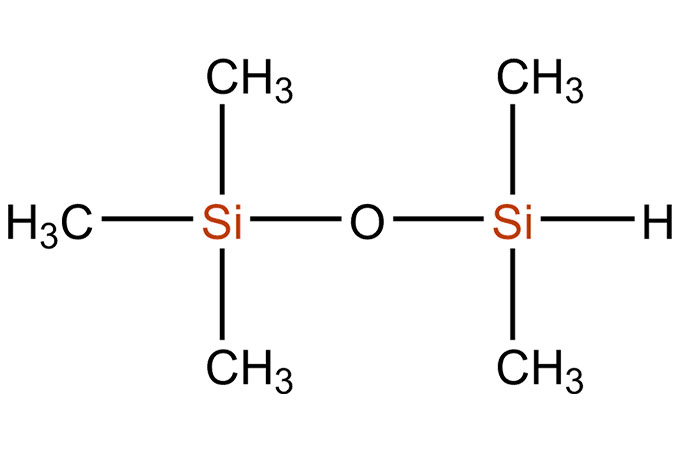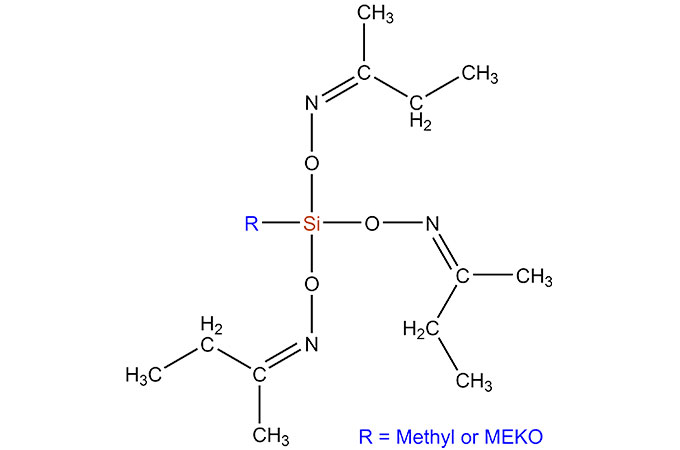In the realm of material science, the action-packed stage is set by alkoxysilane, a molecular architect that orchestrates transformative performances in material transformations. This exploration unveils the dynamic role of alkoxysilane, where chemistry takes center stage, propelling the evolution of materials through intricate reactions and structural metamorphoses.
The Dance of Silicon, Oxygen, and Alkoxides: A Molecular Marvel
The Elemental Ensemble
At the heart of alkoxysilane lies a trio of elements—silicon, oxygen, and alkoxide groups. The alkoxide group, often derived from alcohols, is a pivotal player in the chemical symphony of alkoxysilane. This molecular composition sets the foundation for a series of reactions that underpin the material-altering capabilities of alkoxysilane.
Hydrolysis and Condensation Choreography
The chemistry of alkoxysilane begins with hydrolysis, a captivating dance where silicon-oxygen bonds react with water. This interaction births silanol groups, laying the groundwork for an intricate choreography of condensation reactions. Silanol groups join forces during condensation, forming a complex network of siloxane bonds. This three-dimensional structure becomes the hallmark of materials infused with the transformative touch of alkoxysilane.
Adhesion Alchemy: Elevating Materials through Coating Enhancements
Creating Strong Bonds in Coatings
One of the starring roles of alkoxysilane unfolds in the realm of coatings, where its ability to enhance adhesion takes the spotlight. Incorporated into coating formulations, alkoxysilane forms robust bonds with substrate surfaces. This ensures that coatings adhere strongly, creating durable and resilient surfaces. Industries such as automotive and construction reap the benefits, as coatings fortified with alkoxysilane withstand the test of time and environmental challenges.
Reshaping Coating Performance
The action of alkoxysilane doesn't stop at adhesion—it extends to reshaping the overall performance of coatings. The chemical interactions during curing lead to the creation of a crosslinked network, reinforcing the coating's mechanical properties. This enhanced structure results in coatings that exhibit superior resistance to abrasion, weathering, and corrosion, marking a significant leap forward in material durability.
Polymer Dynamics: Alkoxysilane as the Architect of Structural Resilience
Structural Reinforcement in Polymers
In the realm of polymers, alkoxysilane plays the role of an architectural visionary, contributing to structural reinforcement. Introduced into polymer matrices, alkoxysilane undergoes reactions that lead to the formation of siloxane linkages. This process creates a crosslinked network within the polymer, endowing it with heightened strength, flexibility, and resistance to environmental factors.
Crafting High-Performance Materials
The chemistry in action extends to crafting high-performance materials, where polymers transformed by alkoxysilane become the building blocks of resilience. These materials find applications in a diverse range of industries, from aerospace to electronics, where the need for lightweight yet durable components is paramount.
As we SiSiB Silicone witness the chemistry in action, it becomes evident that alkoxysilane is not merely a passive participant but a dynamic force in the ongoing act of material evolution. From enhancing adhesion in coatings to reshaping the structural dynamics of polymers, alkoxysilane's role is transformative. As scientists and engineers continue to explore its potential, the chemistry in action with alkoxysilane promises an encore of material innovations that will shape the future of diverse industries and redefine the boundaries of what can be achieved in the fascinating world of materials science.
 English
English 日本語
日本語 한국어
한국어 français
français Deutsch
Deutsch Español
Español italiano
italiano русский
русский português
português العربية
العربية tiếng việt
tiếng việt


